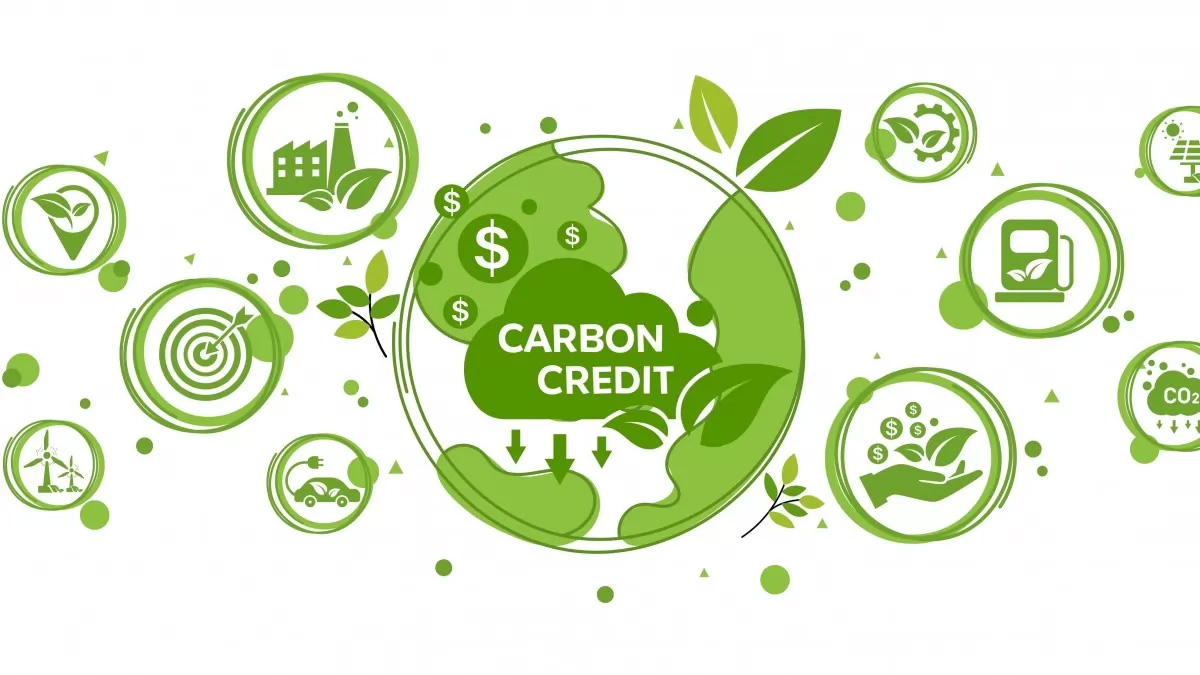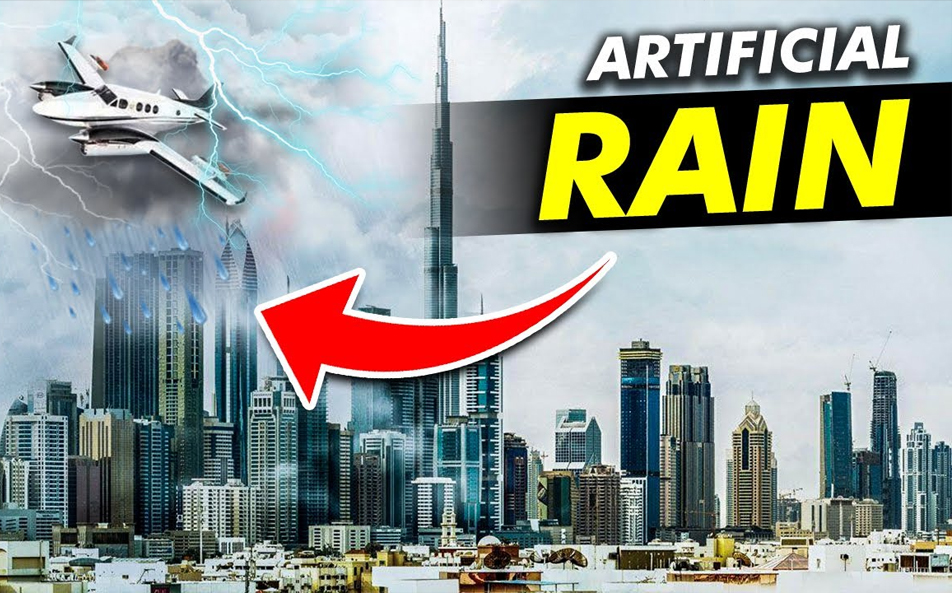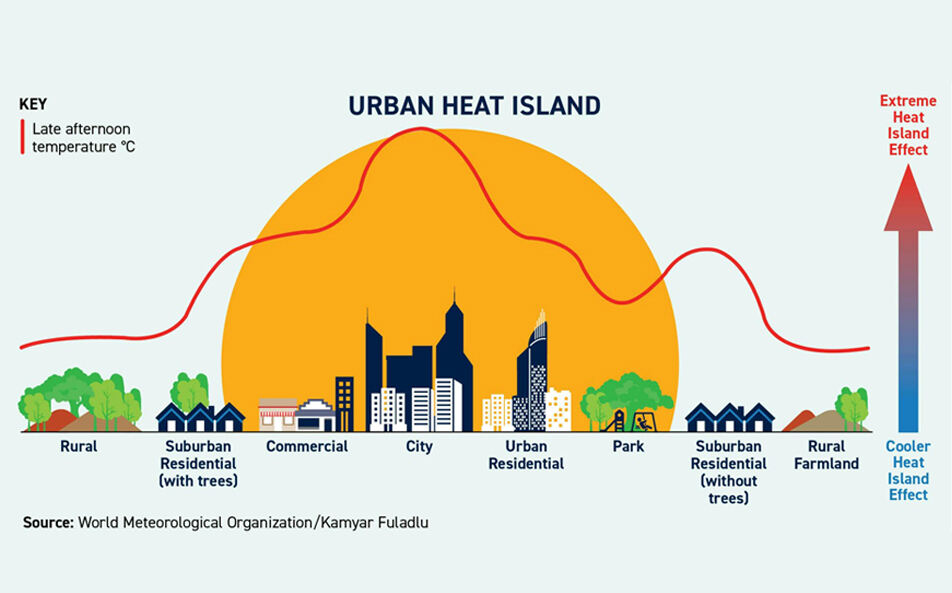
The United Indian

For a long time, carbon emissions have been a global issue because they have bad effects on the environment. This is because people are becoming more worried about protecting the environment. Such pollutants come from many sources, like factories and cars, and they make climate change worse by adding to the greenhouse effect. A lot of countries have set up national carbon credit trading schemes as part of their plan to cut down on emissions and move towards a greener future in response to this important problem.
Introduction to Carbon Trading
There is a market-based way to cut down on greenhouse gas emissions called carbon trading, which is also called emissions trading. Carbon credits are bought and sold so that carbon emitted pollution is kept to a minimum. Emission limits are set and permits or allowances are given out that allow people to release a certain amount of carbon dioxide or something similar. This is how carbon trading works. That way, companies can trade these permits with each other, giving them more options and pushing them to cut their emissions where it will cost them the least.
Understanding Emissions and Environmental Impact
When fossil fuels like coal, oil, and natural gas are burned for transportation, energy production, and industry processes, they release carbon into the air. Warming the whole world, higher sea levels, and extreme weather are all caused by these toxins. Many governments around the world are looking for new ways to cut down on emissions, and carbon trading plans are one of them.
The Need for National Carbon Credit Trading Schemes
Governments around the world have realised how important it is to include carbon credit trading schemes in their climate action plans as environmental worries grow and people become more aware of climate change. While encouraging economic growth and new ideas, these plans use the market to lower pollution.
Exploring National Carbon Credit Trading Schemes
National carbon trading plans have been successfully put in place in a number of countries. Each scheme was made to fit the country's climate and economy. The EU ETS, for example, is one of the biggest and most well-known carbon markets in the world. It covers many areas, like energy, industry, and flight.
Implementation Strategies and Mechanisms
A successful implementation strategy and mechanisms are key to the success of a carbon credit trading scheme. Clear goals for reducing emissions must be set by governments, permits must be given out based on those goals, and strict enforcement must be available. A carbon tax or cap-and-trade system is also very important for encouraging people to cut down on emissions and making the market work more efficiently.
The Indian Context
India is studying the possibility of putting in place an NCTS because it is one of the biggest polluters in the world. To help make a national programme, the test programme that is still going on in some Indian states is very helpful. Making sure that workers in carbon-dependent industries have a fair transition and addressing worries about the affordability of energy-intensive industries are both very important for the implementation to go well.
Effectiveness and Impact
Promoting sustainable growth and lowering carbon emissions have been shown to be possible through national carbon credit trading schemes. These programmes urge companies to buy cleaner technologies and do things that are better for the environment by putting a price on carbon. they also help with the transition to a low-carbon economy and add to the general efforts to reduce carbon emissions.
It is good for the environment, the economy, and new ideas. A national carbon trading system has many benefits. Just take a look at this list:
Environmental benefits :
- Reduced greenhouse gas emissions: One of the main objectives of carbon footprint tracking is to lower greenhouse gas pollution. Companies will be more likely to find ways to lower their pollution if they are rewarded for doing so. This will help clean up the air and temper climate change.
- Encourages new and green technologies: To stay competitive and avoid having to buy more permits, businesses will look for technologies that are more efficient and clean. This will lead to progress in renewable energy, carbon capture, and other environmentally friendly systems.
- Protects ecosystems and biodiversity : It's good for people's health, but it's also good for nature habitats and ecosystems that are very different from one another.
Economic benefits:
- Cost-effective Approach : It's more flexible for companies to meet their emission limits with carbon trading than with rules, which could mean lower costs for them to comply.
- Creates New Market Opportunities: A market for carbon credits is made possible by the plan, which brings in funding and supports green businesses and projects.
- Revenue Generation: For social and environmental projects, the government can auction off permits or use the money from fines to get money.
Other benefits include
Increased Transparency And Accountability: Another objectives of carbon footprint tracking & trading is to make environmental practices more open and accountable by mandating companies to report their emissions.
International Cooperation: To make a bigger carbon market, connecting to other national or regional programmes can help them work better and more efficiently.
Public Awareness And Engagement : The plan can make people more aware of climate change and inspire them to take action to lower their emissions.
Global Perspectives and Collaborations
On a world level, everyone needs to work together to stop climate change. Nations can work together to lower their emissions and share the best ways to trade carbon through international deals like the Paris Agreement. When exchange sites are set up, emission allowances can be easily moved between countries. This encourages more participation and cooperation between countries.
Public Perception and Awareness
A lot of what makes carbon credit trading schemes work or fail depends on how people think about and know about them. As a way to teach people about the benefits of carbon trading and how important it is to cut down on emissions, governments and advocacy groups need to run large-scale education and marketing campaigns. People are also more aware of environmental issues and feel like they have a role to take care of them when the media and the public talk about them.
Government Role and Regulation
As the main regulators of carbon credit trading schemes, governments are very important in making sure that the schemes work properly. Some important parts of a strong regulatory framework that protects honesty, openness, and integrity in carbon markets are laws, enforcement methods, and monitoring systems.
Technological Innovations and Solutions
We need to come up with new technologies to solve the problems caused by climate change. When we want to cut down on pollution and move towards a sustainable energy future, we need to invest into tools like carbon capture and storage, renewable energy, and energy efficiency. Officials in both the public and private sectors need to work together to speed up the use of these tools and make the most of what they can do.
Corporate Responsibility and Participation
Majority of the work to stop climate change and promote sustainable growth is done by corporations. Lots of businesses have promised to lower their carbon impact and think about the environment when they make decisions. Organisations can help make the future greener and more sustainable by taking part in carbon trading programmes and accepting corporate social responsibility.
Challenges and Opportunities for Future Growth
There are some good things about national carbon credit trading schemes that could help fight climate change, but they also have some challenges. How carbon markets develop in the coming years will depend on how well they adapt to changing market conditions, how well they improve accountability and openness, and how well they encourage new ideas and teamwork. Implementing and designing things carefully is needed to make sure they are fair, stop people from manipulating the market, and deal with possible economic effects.
Conclusion: A Greener Future Through National Carbon Trading
Overall, national carbon trading plans are a smart and useful way to slow down climate change and support long-term growth. These programmes offer a way for future generations to live in a better world by putting a price on carbon and giving people reasons to cut down on emissions. To get the most out of carbon trading, though, everyone needs to work together to solve the most important problem of our time. This takes political will, coordination, and cooperation across borders.
Read more in Environment
May 27, 2025
TUI Staff
May 27, 2025
TUI Staff

Stay Tuned with The United Indian!
Our news blog is dedicated to sharing valuable and pertinent content for Indian citizens. Our blog news covering a wide range of categories including technology, environment, government & economy ensures that you stay informed about the topics that matter most. Follow The United Indian to never miss out on the latest trending news in India.
©The United Indian 2024













